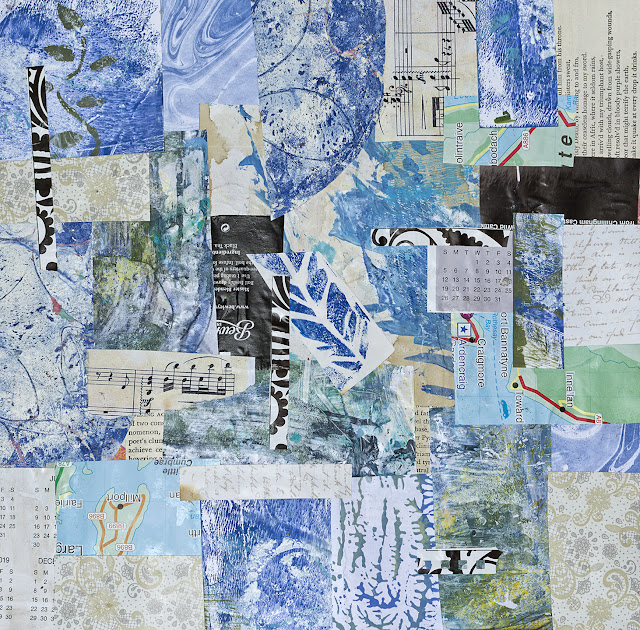Vauvert: Camargue-style bullfighting, where they just annoy the hell out of the bull rather than killing it
I mentioned Aigues-Mortes, a town near Montpellier, and its intact city wall in an earlier post. The top photo is a view outside the old city on the sea side showing the extent and excellent condition of the wall. The only thing that saves the next one from being just a boring shot of an old-fashioned piece of public art is the presence of the cherub holding a plaque, and the unicorn. What this has to do with the Battle of Clostercamp - which is more conventionally depicted in the relief carving on the base of the statue - is anybody's guess. The battle was not that important to the outcome of the war, but it was a tactical victory for the French, and since they lost their entire North American empire in that war, I suppose they had to find something to celebrate. The closest I can get is that the unicorn symbolizes the temporarily defeated Hanoverian (German) army. One of the Hanoverian regiments in the engagement included a unicorn in its coat of arms. The cherub? No idea. The bottom picture is of Camargue-style bullfighting. When Ralph and Pat Lutes were visiting we took in an afternoon event at the bull ring in Vauvert, a small country town east of Montpellier. In this kind of bullfighting, the bull is unharmed. The razeteurs, the guys in white, try to pluck a paper rosette from between the bull's horns. This incenses the bulls who chase the razeteurs, who use the steps along the wall and the railings high up on the other side to bound out of harm's way. It's very acrobatic. And the bulls seem to enjoy getting into a lather. * I suffer periodically from persistent earworms. They generally last a couple of days at most, playing over and over in my head at all hours of the day and night. Recently, I had an earworm that lasted well over a week. My strategy often is to learn the chords of the song on my guitar. My singing, or just the prospect of it, is enough to put anyone off a song, including me. This time, it didn't work. The song? "Evangeline" by the Band's Robbie Robertson, based on a creole legend made famous in a Henry Wadsworth Longfellow poem. I know the song in a 1981 version by Emmylou Harris which I made the mistake of playing just once a couple of weeks ago. I probably hadn't listened to it for 20 years before that. Within a day, it was stuck in my head, the complete lyrics - nothing wrong with my memory anyway. It has only just gone away. At least it was a song I like. The worst earworms are the songs you always hated but somehow take up residence in your brain and torture you day and night. It feels like a great betrayal. Earworms and their persistence, it strikes me, are another symptom of my growing obsessive compulsive disorder (OCD). Straightening place settings that Karen throws down on the dinner table and making the bed the minute I get up are other examples. Incipient dementia? Maybe. And now I have a new symptom: word worms. Words get into my head and I puzzle over their not quite so obvious meanings and/or their etymologies. The current example - which I'm about to put to rest by airing it, I hope: jodhpur. I know what it is, of course, an odd looking pair of trousers that balloon out around the hips and get very narrow at the cuffs. I think I might once have owned a pair of jodhpurs when I was a child - although why, I can't imagine. Or was it my father who wore the jodhpurs in the family The questions that have plagued me are, where does the name come from and why are they designed the way they are? I'm about to find out and put this to rest. Well, I guess I knew the answers. They're riding breeches, of course, also known as English riding pants. Tight at the cuffs to accommodate boots that go over them. Ballooning at the hips to provide ease of movement. The name is from the Indian city of that name. And they're named after the city because they're an English adaptation of an Indian style. | 

















No comments:
Post a Comment